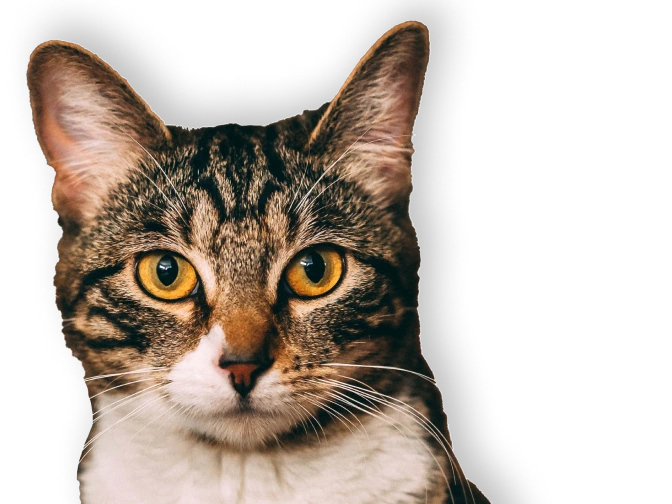Spay & Neuter


Low-Cost Spay & Neuter Surgeries
You decide what's best for your pet, and we're here to help. Depending on the breed, weight, and age of your cat or dog, expert Emancipet staff will help you determine the right time for the spay or neuter procedure. Though these services are routine, we do require an appointment.
Spay & Neuter for Dogs
Please Note
This service is free for Travis County residents at the Austin “Free Days” Mobile Clinic.If a patient is seen for a routine spay surgery and it turns out to be a case of pyometra, you will only be charged the $89 for cats and $125 for dogs spay fee.
Spay & Neuter for Cats
Please Note
This service is free for Travis County residents at the Austin “Free Days” Mobile Clinic.If a patient is seen for a routine spay surgery and it turns out to be a case of pyometra, you will only be charged the $89 for cats and $125 for dogs spay fee.
Spay & Neuter FAQs
What are the age and weight requirements for surgery?
The minimum age to spay/neuter a pet is 3 months and the minimum weight requirement is 3 pounds.
Although there are not weight or age maximum restrictions, our veterinarians may advise an alternative plan if they have concerns with proceeding in certain senior patients.
What do I need to know before the spay/neuter surgery?
If your pet is younger than eight months old, please give them half their normal amount of food on the morning of surgery. If your pet is older than eight months, do not feed him or her any food after midnight the night before surgery. Do not take water away from your pet; make sure he has access to clean, fresh water at all times.
What do I need to know about the day of my pet’s spay/neuter appointment?
- Drop-off time: 8AM – 8:30AM
- Pick-up time: 5PM – 5:30PM
- Our team may text you if you pet can be picked up earlier than 5 PM.
Can I get my pet's vaccines updated during their spay neuter appointment?
Yes. Please bring any medical or immunization records with you when you bring your pet in for check in the morning of their surgery so that our team can help you determine which vaccines your pet is due for.
My pet just had a litter. When can I spay her?
We recommend spaying dogs when their puppies are 5 weeks old and can be away from their mom for the day. We recommend cats get spayed when their kittens are 5 weeks old as well. However, if you have an outdoor cat or a cat that you think may not be able to wait that long, we can spay them sooner. This is sometimes necessary because they can come back into heat and get pregnant while still nursing their kittens. It is okay for the moms to go back to nursing after her spay.
Should we let our female have one litter before spaying her?
No. There are no known health benefits associated with letting dogs or cats have a litter before spaying them.
Is the surgery painful?
Yes. However, we administer very effective pain medication to dogs and cats the day of their surgery. The pain medication lasts at least 24 hours. Additionally, dogs are sent home with oral pain medication and cats are given a long-acting injection of pain medication before they leave our clinic.
What are the health benefits of spaying or neutering a pet?
By removing the ovaries and uterus in female dogs and cats, the risk of uterine and ovarian cancer is eliminated. If female dogs and cats are spayed before their first heat cycle (usually around 5-6 months of age) they have the additional benefit of significantly reducing the risk of mammary cancer.
By removing the testicles in male dogs and cats, the risk of prostate disease and testicular cancer is eliminated.
Spayed and neutered animals live an average of two to three years longer than other pets.
What are the behavioral benefits of spaying or neutering a pet?
Spaying and neutering can help reduce the chances that a pet will roam looking for a mate. It can also help reduce the chances of certain aggressive and territorial behaviors such as fighting and urine marking.
Why does Emancipet tattoo pets?
The green line tattoo near the surgical incision is a universally accepted means within the veterinary field of indicating that a pet has been spayed or neutered. If a pet were to become lost and taken to a shelter or veterinarian by someone who found the pet, the green line will indicate that the pet has already been spayed or neutered and save the pet from an unnecessary surgery.
